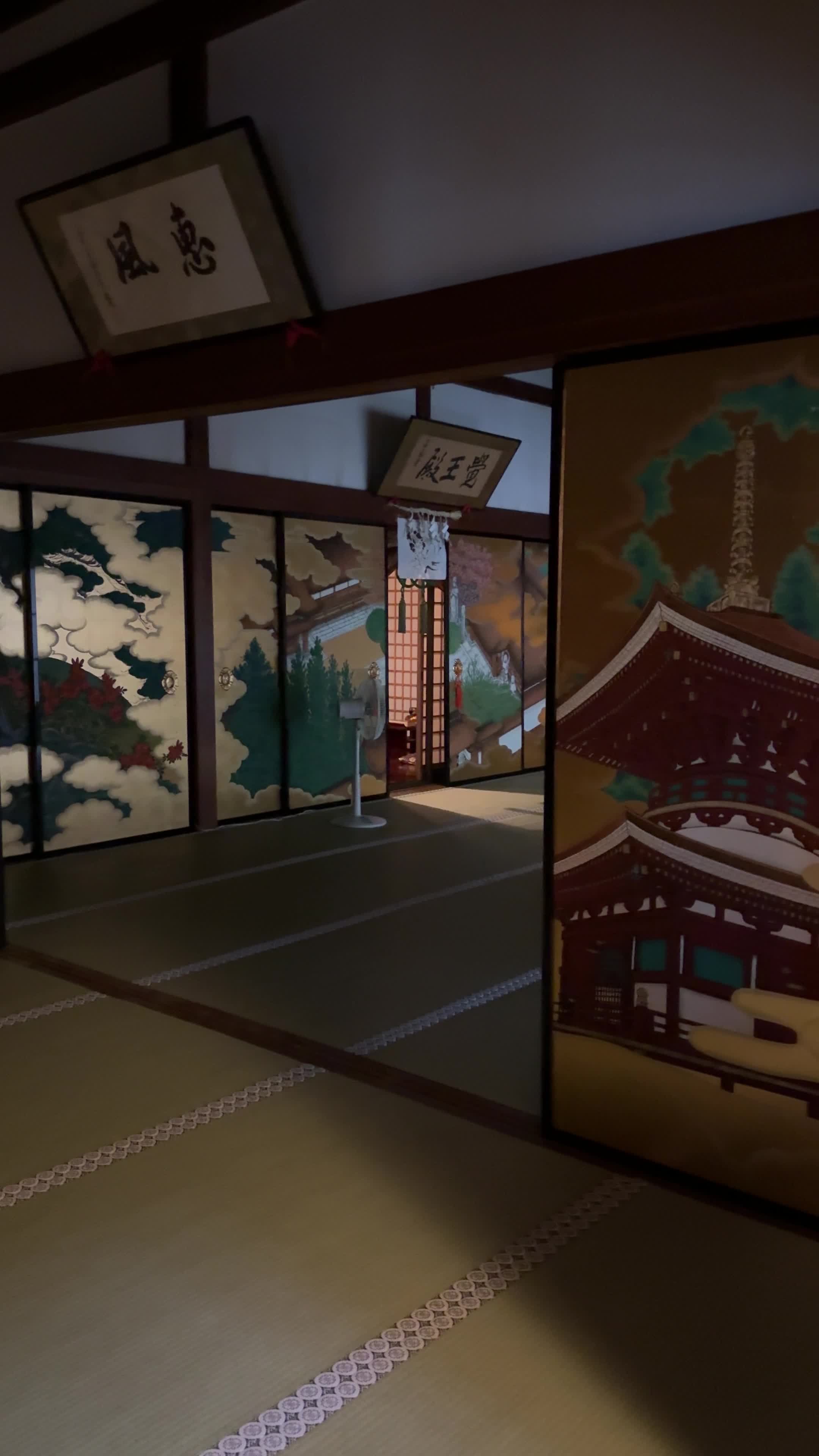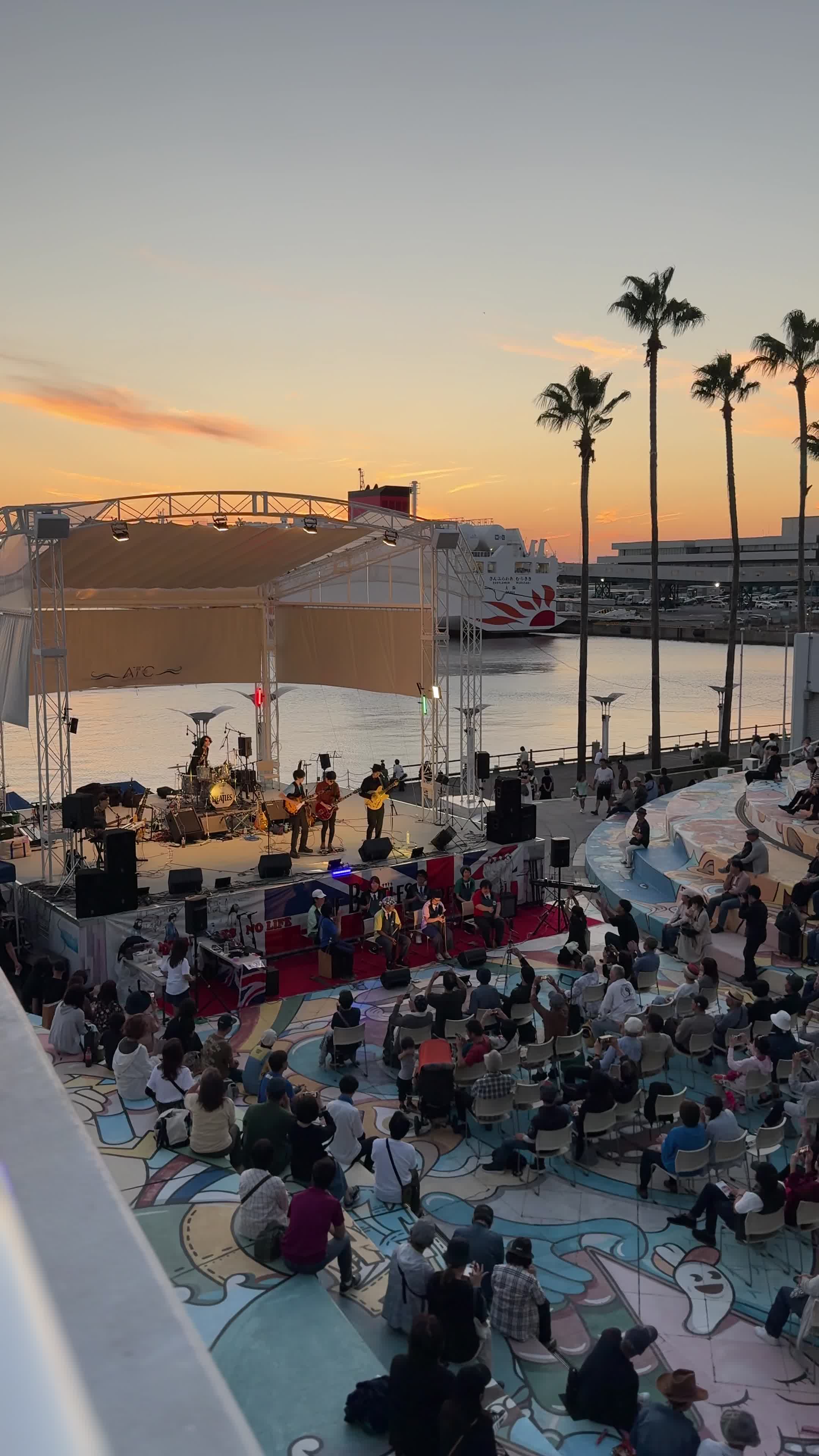We'd been wandering through Kyoto's Gion district, our feet aching and our minds half-lost in a haze of temple-hopping fatigue, when this massive concrete giant suddenly loomed into view. The Ryozen Kannon Temple isn't your typical picturesque Japanese landmark—it's more like the unexpected punch line to a day of traditional sightseeing. There she stands: a 24-meter-tall concrete Kannon, the Goddess of Mercy, looking both out of place and profoundly meaningful, rising up like a post-war memorial that refuses to let you look away.
Established in 1955, this temple is less about architectural beauty and more about a powerful statement of healing. It's a place that catches you off guard, blending traditional Buddhist symbolism with a brutalist concrete aesthetic that screams mid-century reconciliation. The memorial doesn't discriminate—it honors victims from all sides of the Pacific War, a radical approach that feels both deeply Japanese and utterly universal. We weren't planning to stop here, weren't even sure what we'd stumbled upon, but suddenly our rushed tourist day ground to a halt. Sometimes the most unexpected discoveries are the ones that stick with you, whispering stories of mercy, loss, and the complicated landscape of remembrance.


























